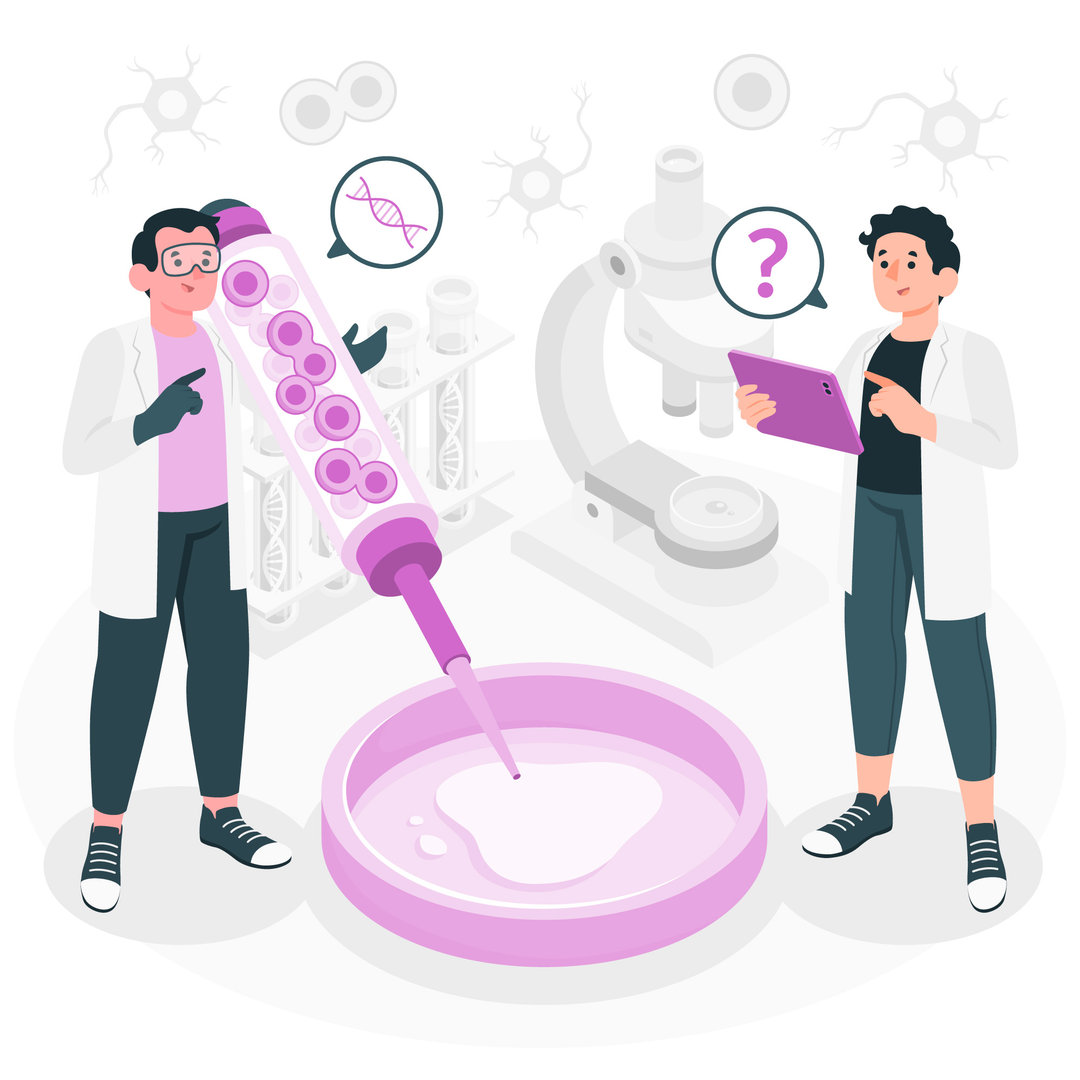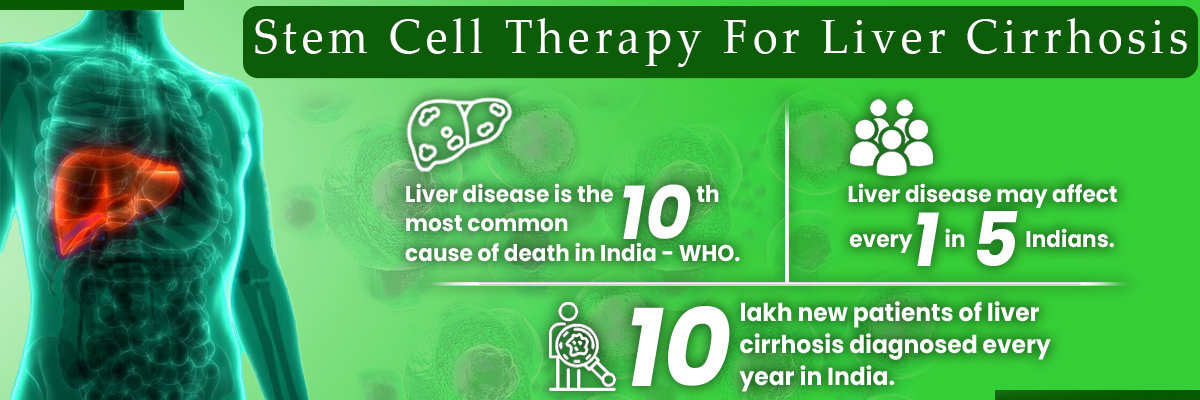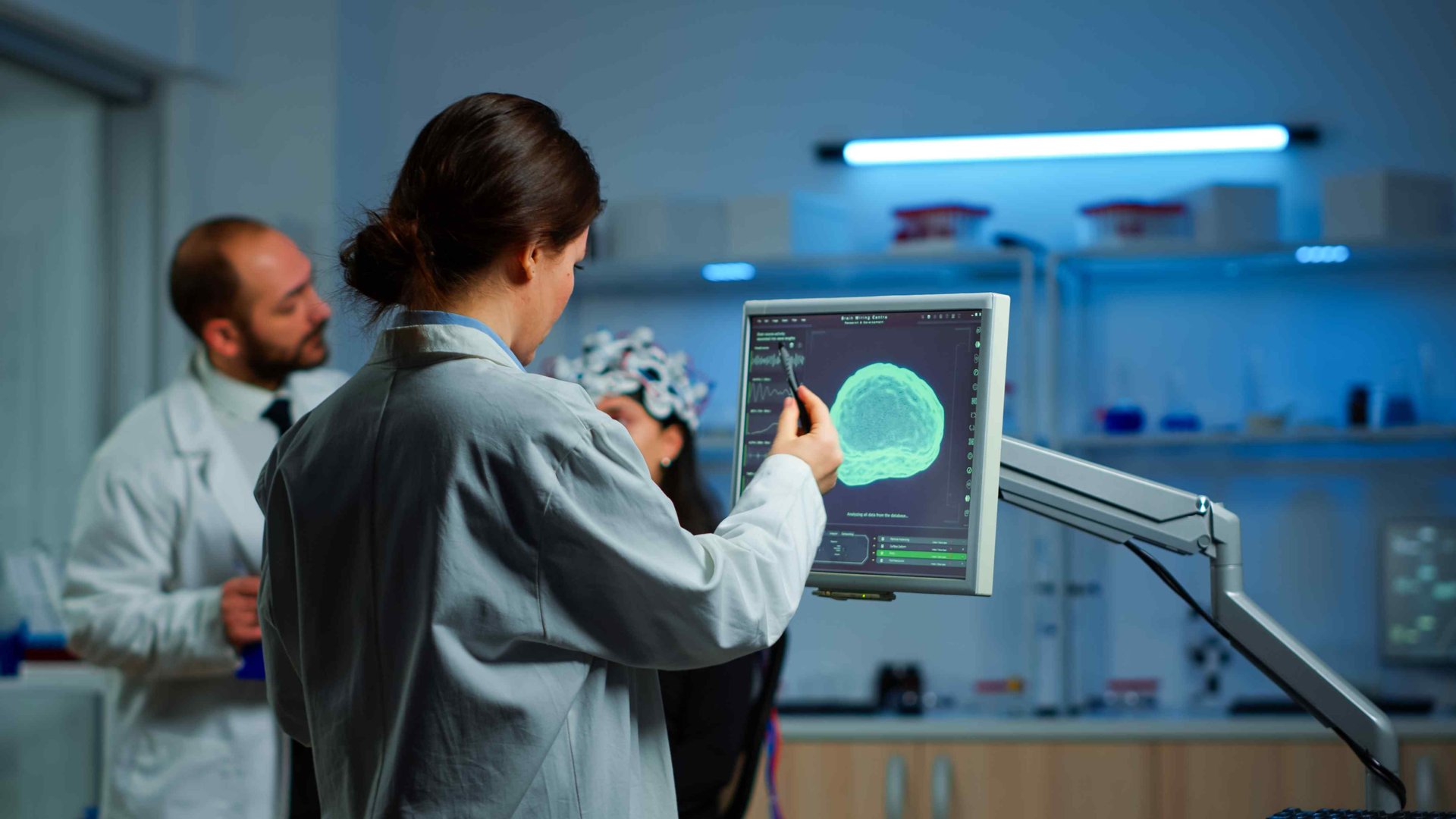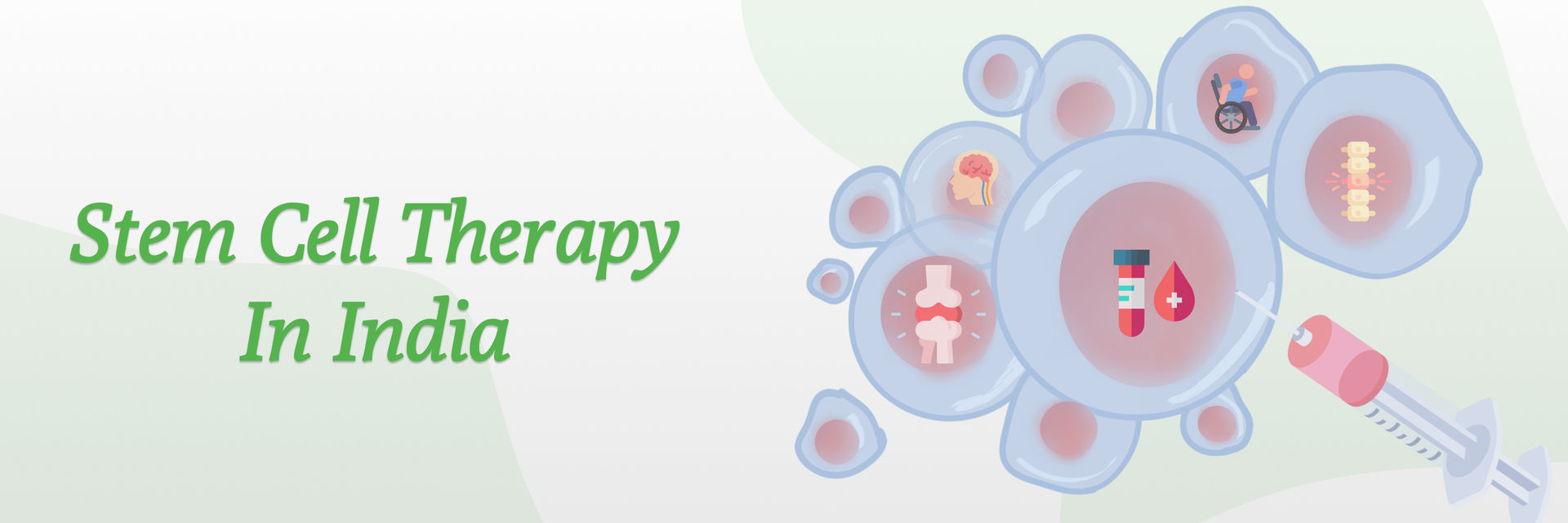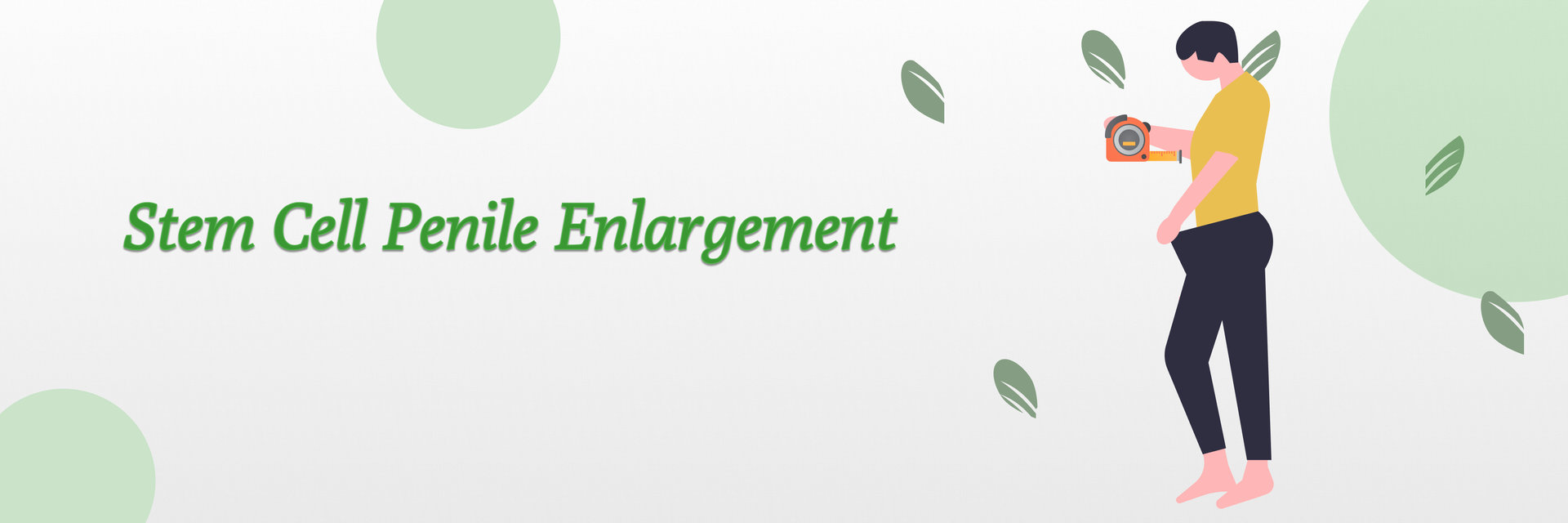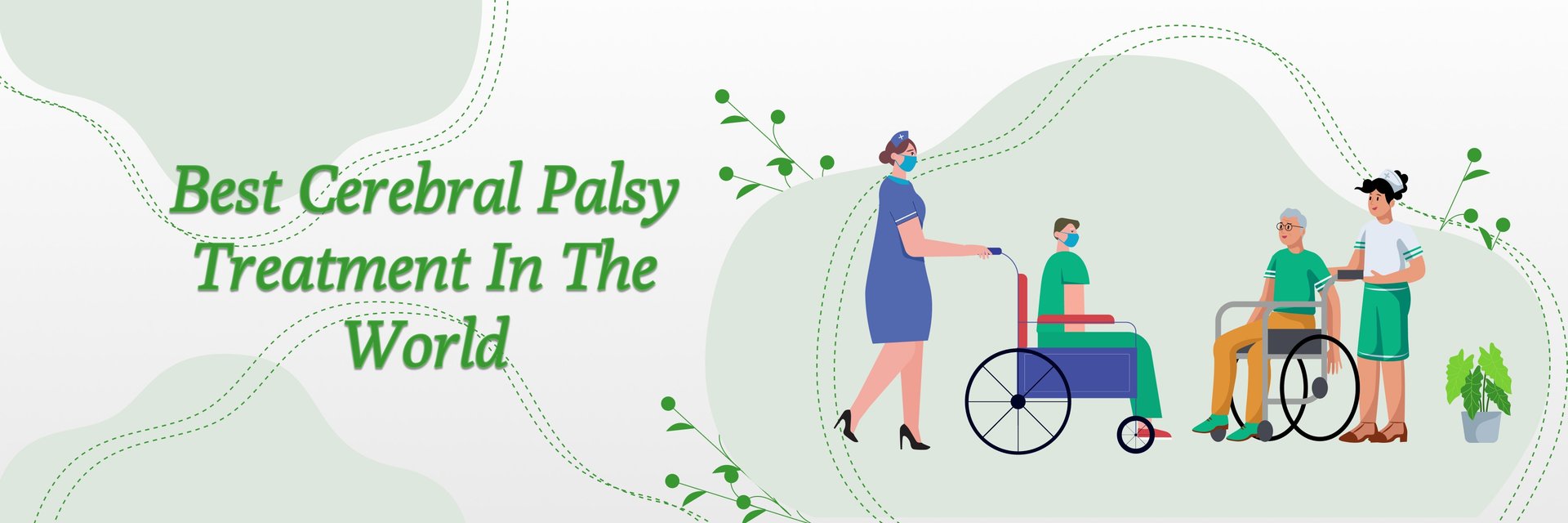Introduction
Chemotherapy is a double-edged sword in the case of most cancer patients. It can destroy cancer cells, which is crucial, but in doing so, it can also damage or kill normal cells, primarily those in the bone marrow that generate blood cells. Stem cell transplants step in as a savior for patients undergoing chemotherapy. The process of chemotherapy and stem cell transplant is a very applicable topic in cancer studies and is life-changing for individuals battling aggressive diseases like bone marrow cancer, myeloma cancer, and lymphoma. In this article, we will explain what the procedure is, why it must be done, and what patients and families need to know about it. If you want in-depth information about this topic, connect with the best medical professional to get professional advice
What Is Chemotherapy?
Chemotherapy is an aggressive type of cancer therapy that utilizes medicine to destroy quickly-dividing cells, chiefly, cancer cells. However, since it can't differentiate between cancer cells and normal cells, it also damages areas of the body where cell growth is extensive, including the mouth, hair follicles, and most notably, the bone marrow. Bone marrow makes red and white blood cells and platelets. When the bone marrow is wiped out by chemotherapy, it lowers the immunity of body against infection, the ability to carry oxygen, and the ability to clot. In cancer like myeloma or leukemia, chemotherapy is given in large doses so that the chemotherapy specifically attacks cancer very aggressively. But the aggressive treatment annihilates the bone marrow. Stem cell transplant in such situations becomes not only worth it but necessary. If you are considering a stem cell transplant as a viable option, book a doctor's appointment on our platform in just minutes.
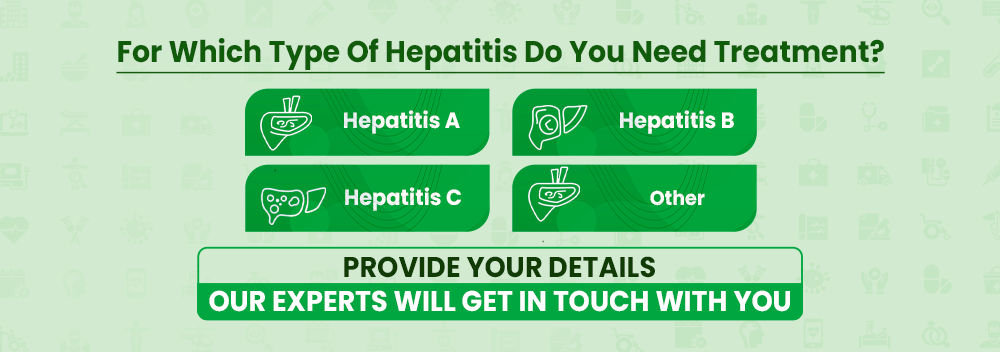
Types Of Stem Cell Transplant
There are mainly two types of stem cell transplants used in cancer treatment:
1) Autologous stem cell transplant: Here, the patient's stem cells are removed before chemotherapy, preserved (referred to as stem cell storage), and then reinserted after chemotherapy. This is useful in recovering from bone marrow function.
2) Allogeneic stem cell transplant: In this case, stem cell donation is from a donor, typically a family member or an individual with a similar genotype. In bone marrow cancer and blood cancer, the patient's stem cells can be damaged.
Both have some form of stem cell storage, and knowing the stem cell preservation cost and stem cell storage cost is important when planning for treatment. They can vary greatly depending on country and healthcare system, and it's a discussion to have with an oncologist sooner rather than later.
Why Stem Cell Transplant Is Needed After Chemotherapy
High-dose chemotherapy often destroys the bone marrow beyond its capacity to automatically regenerate. That is where a stem cell transplant steps in—it literally "resets" the marrow by filling it with healthy stem cells, which reloads the blood cell factory from the ground up.
Think of stem cells as the body's raw materials. The undifferentiated stem cells can become all types of blood cells and replace the cells destroyed by the chemotherapy. It is a lifesaving procedure for cancer therapy, especially for those undergoing aggressive therapy for cancers like myeloma or other bone marrow cancers. Stem cell transplant alone allows most of the patients to tolerate the toxicity of the chemotherapy.

When Stem Cell Treatment Is Advisable?
Stem cell transplants are usually advised in the following conditions:
- Cancer patients such as leukemia, lymphoma, and myeloma.
- If cancer reappears or becomes resistant to regular treatments.
- If one needs to undergo high-dose chemotherapy to enter remission.
- For those with severely damaged bone marrow who cannot recover on their own.
Cancer doctors usually order several tests and check overall health before recommending this course. Age, overall status, stage of cancer, and past treatments are all determinants that must be taken into consideration.
Advantages Of Stem Cell Transplant
The greatest advantage of a stem cell transplant after chemotherapy is that it can give much higher chemo levels that would otherwise be too dangerous without some means of replacing the bone marrow afterward. Some other benefits are:
- Replaces bone marrow activity to create healthy blood cells.
- Increases possibilities for long-term remission or even cures of certain cancers.
- Reduces the risk of infection and bleeding by rebalancing the immune system.
- Provides patients with an opportunity to receive intensive cancer treatment with a safety net.
Many patients have experienced significant improvement in the quality of their lives after transplantation. Thanks to Stem Cell Research and progress in stem cell technologies, outcomes get better year by year.
Risks & Side Effects
Like any serious medical procedure, a stem cell transplant is not risk-free. Side effects can include fatigue, nausea, infections, and oral mucositis. More serious complications can be:
- Graft-versus-host disease (with allogeneic transplants)
- Damage to, or failure of, organs
- Increased risk of infections
- Rejection of cells to be transplanted
Intensive monitoring by an oncologist is warranted in the first few months after transplant. Although dangerous, risks are outweighed in most cases by the life-saving benefits of the procedure. These risks can be minimized if the treatment is taken from the best stem cell doctors in India.
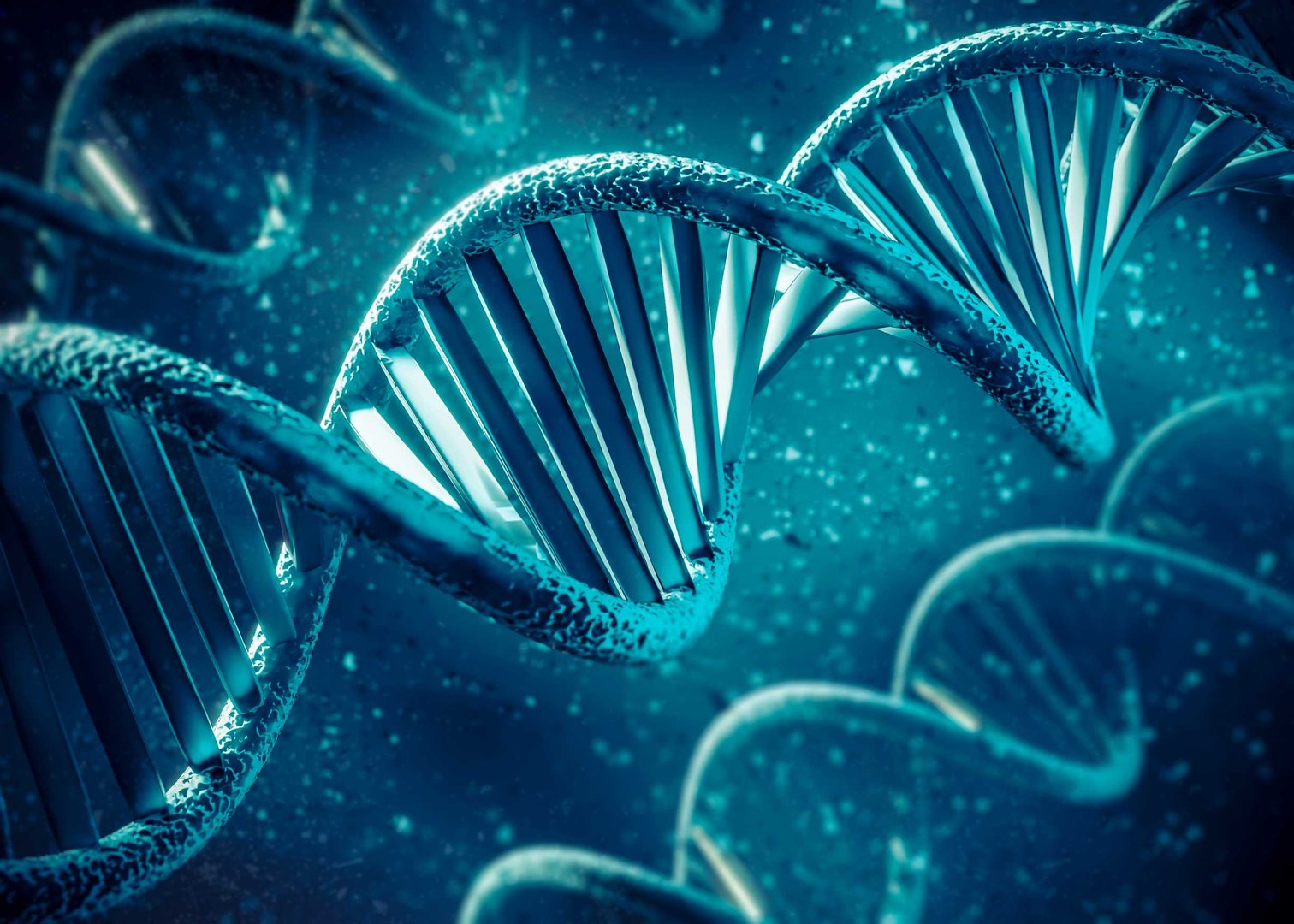
Survival Rate & Results
Survival after stem cell transplant varies according to the cancer type, diagnosis stage, type of transplant, and patient age and overall health. In the instance of myeloma cancer, among others, patients undergoing autologous stem cell transplants have experienced high remission rates and long-term survival.
Improvement continues steadily, partly as a result of advances in cancer research, better methods of storing stem cells, and more effective post-op procedures. More and more patients are now not only surviving, but thriving from this treatment.
Post-Transplant Care & Monitoring
Recovery does not cease after the stem cell transplant has occurred. Post-transplant is one of the most critical times. Patients typically must be in isolation for weeks to prevent infection. They are checked regularly for their blood counts, immune system, and for rejection or trouble.
Nutrition, psychosocial counseling, and follow-up with the oncologist are all part of the rehabilitation program. Some patients will also need to have stem cell banking in the future if subsequent cell augmentation or transplantation is anticipated.
Patient education and family support form a large part of the recovery process. Stem cell preservation kits are also provided by most hospitals to facilitate the process and the economics involved for the family, making stem cell storage cost-conscious, and half the costs can be covered by insurance.
Innovations In Stem Cell Therapy
Stem Cell Research never ceases evolving. Researchers now examine how stem cells can be used beyond the battle against cancer, like for neurological disease or autoimmune disease. In cancer, scientists are examining genetically modified stem cells, which more effectively resist recurrence and attack cancer cells more directly.
New technologies in stem cell banking and computer-pairing based on artificial intelligence for stem cell donation are making the therapy more accessible. Besides, with greater cost transparency of stem cell preservation and improved cryopreservation technology, stem cells may be preserved for years without much loss of potency—an avenue not generally available a decade ago.
Summary
A stem cell transplant after chemotherapy is not just a medical procedure—it's a second chance at life. If it's the cure for bone marrow cancer, the treatment of recurrent myeloma cancer, or a light of hope for the patient with aggressive blood cancers, the therapy is an irreplaceable addition to the modern arsenal of cancer care.
Due to the newest breakthroughs in cancer therapy and supportive, compassionate care by cancer specialists, more patients are reaping the powerful combination of chemotherapy and stem cell transplant. And with improvements in stem cell storage, donation, and banking, this treatment is accessible and more effective than ever.
If you or someone you care about is on a challenging cancer path, discussing stem cell transplant with your specialist might give you extra treatment, healing, and future health potential.
References
https://www.cancer.gov/about-cancer/treatment/types/stem-cell-transplant
https://www.ncbi.nlm.nih.gov/books/NBK401241/
https://en.wikipedia.org/wiki/High-dose_chemotherapy_and_bone_marrow_transplant
